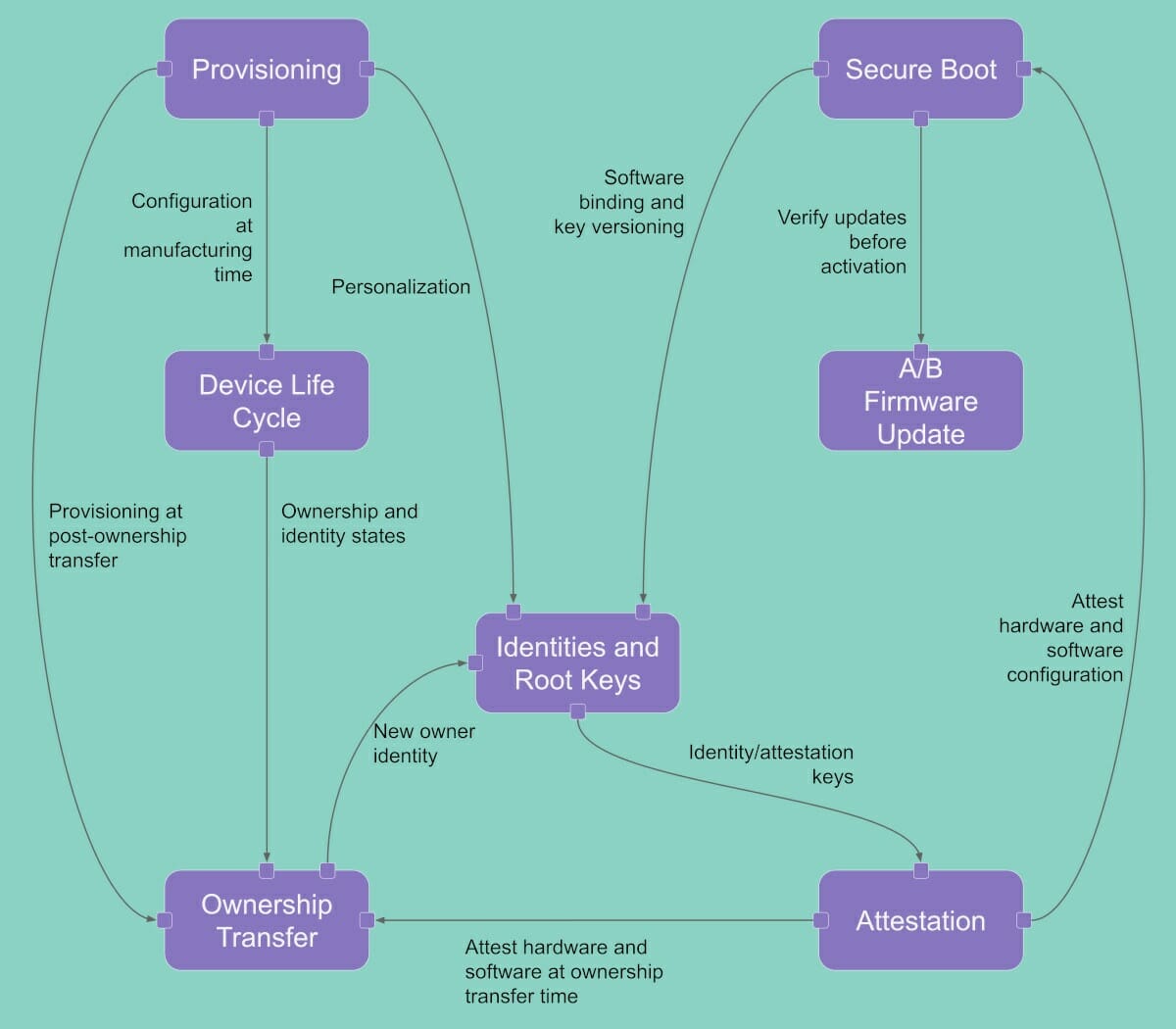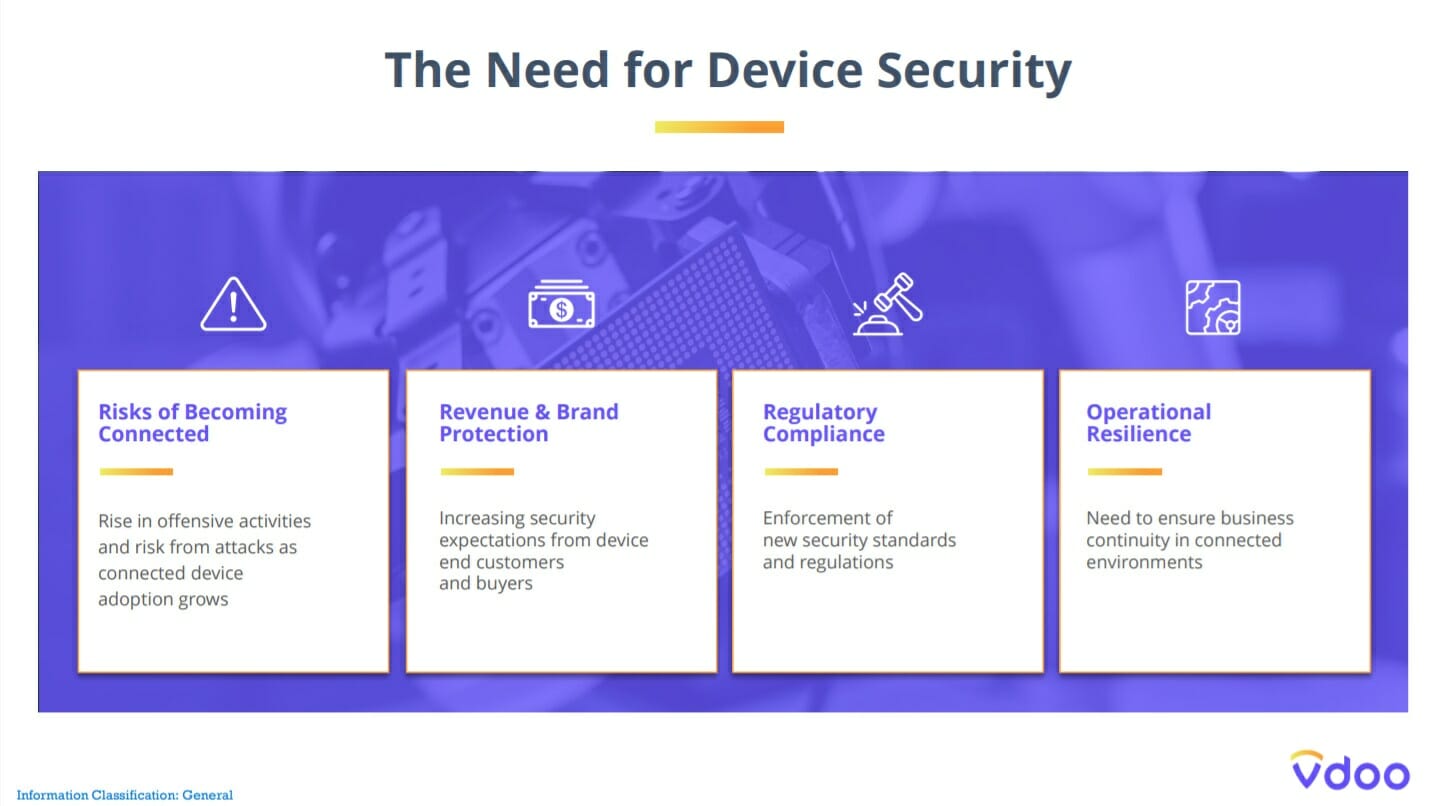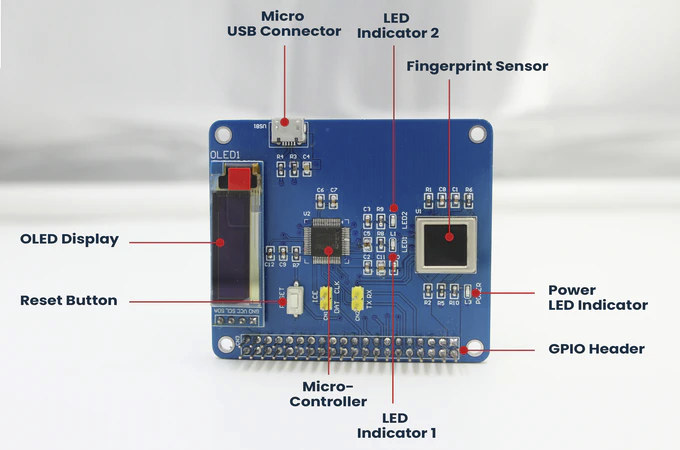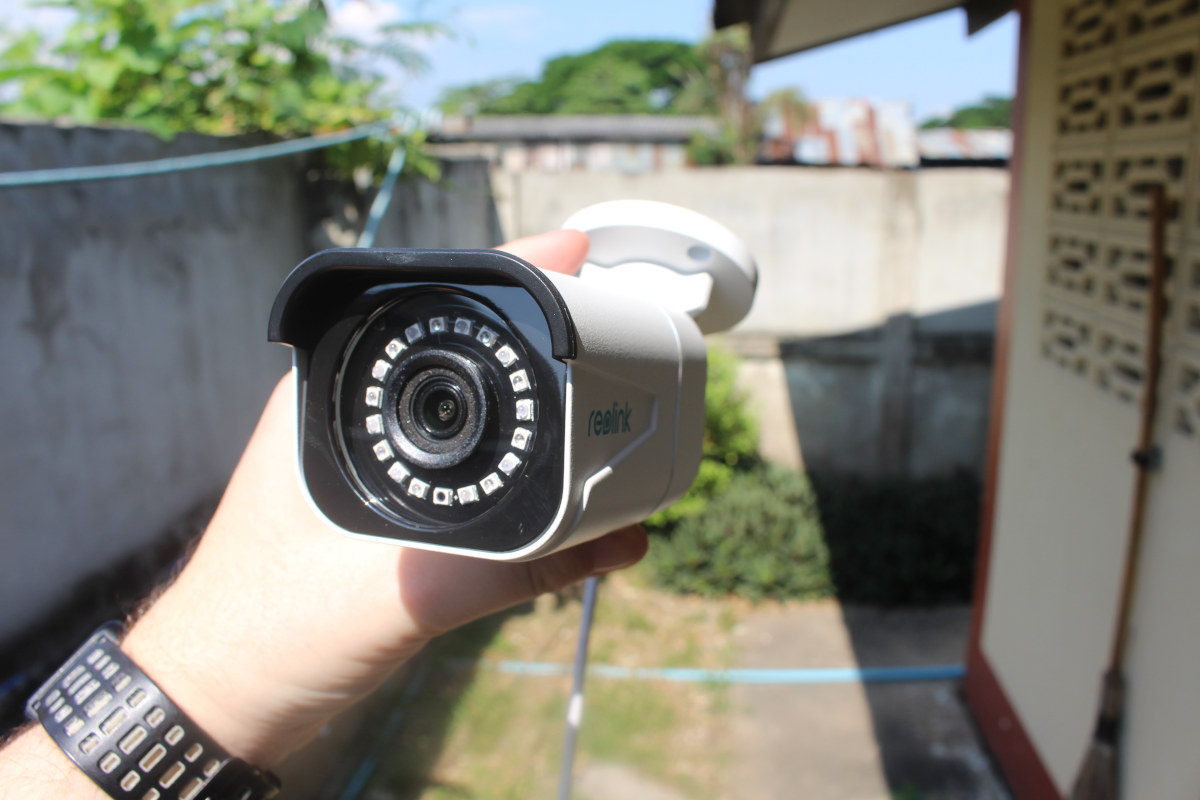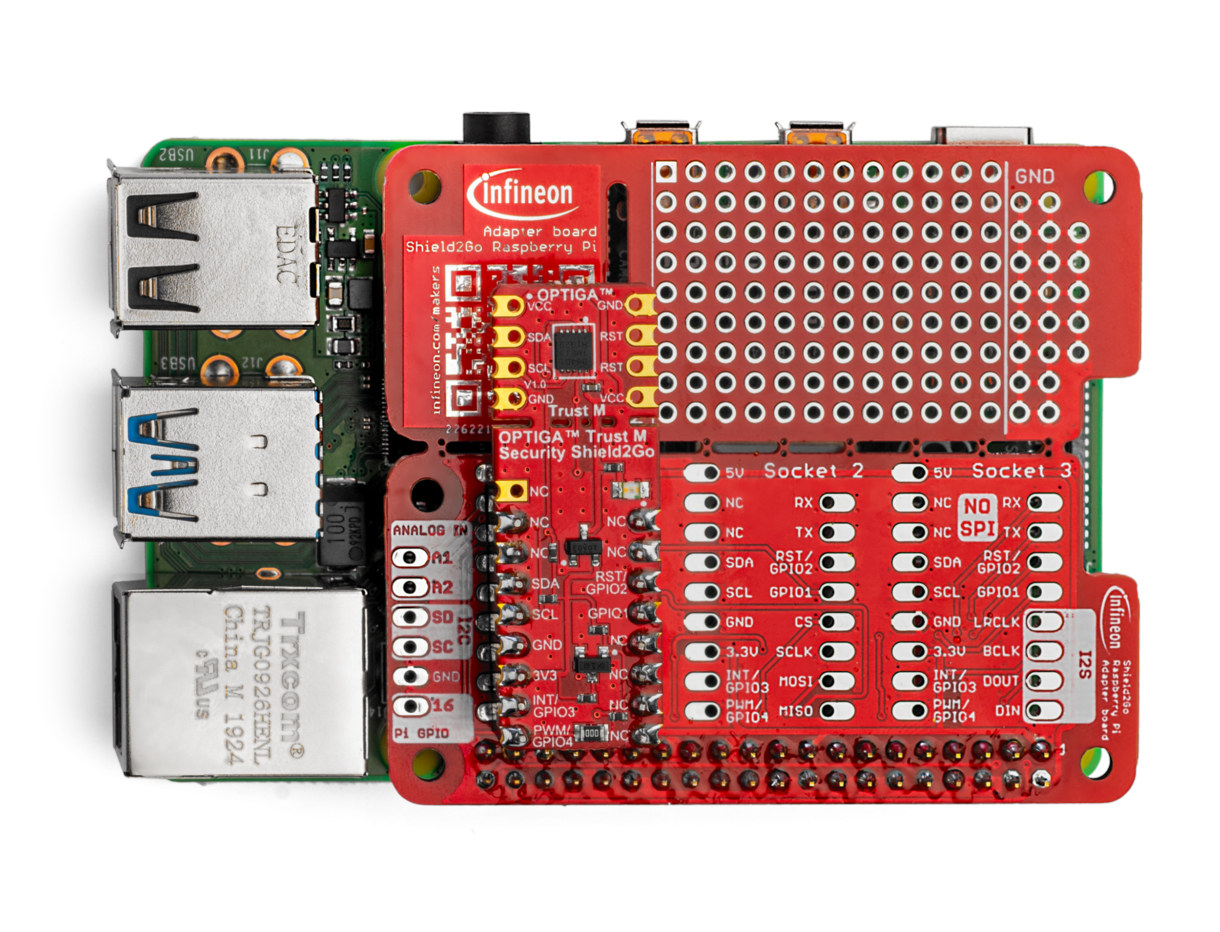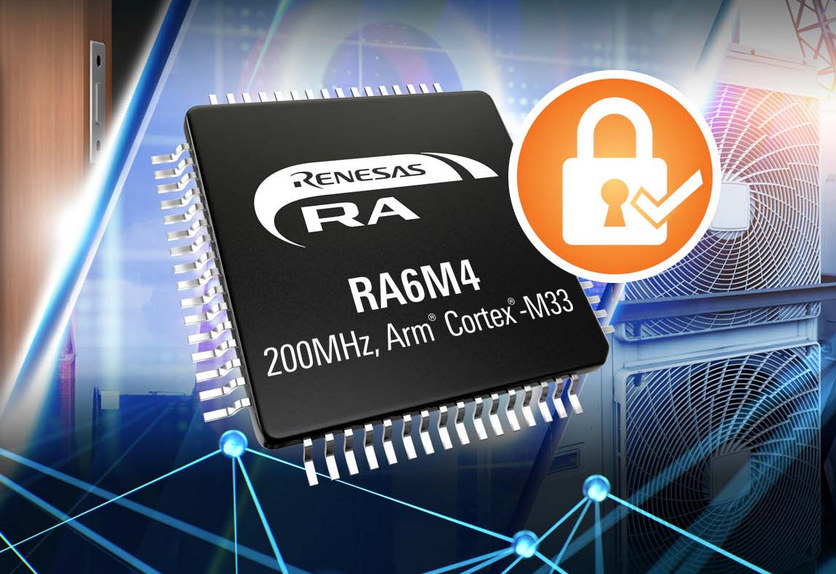Security is becoming more and more important with critical data exposes to the Internet. Traditionally some PCs, laptops, motherboards, or single board computers would be equipped with a TPM (Trusted Platform Module) designed to secure hardware through integrated cryptographic keys. More recently, we’ve started to read more and more about secure elements providing hardware-based security for lower-end platforms. Those are external chips, but companies have also started to providing hardware-security within the processor with solutions such as Arm Trustzone or Intel SGX (Software Guard Extensions). But more recently, Google and Microsoft have made announcements about hardware-security IP with respectively OpenTitan open source project and Microsoft Pluton security chip both meant to be embedded into processors. OpenTitan OpenTitan is described as being “the first open-source project building a transparent, high-quality reference design and integration guidelines for silicon root of trust (RoT) chips”. It is backed by Google, Seagate, Nuvoton, Western Digital, […]
Detecting & Solving Security Issues in IoT and Embedded Devices
Last year’s Eclipse IoT Survey Report shows evidence that security is one of the major reasons for the development of IoT devices. As the number of IoT and embedded devices increases, we see a constant increase in the need for security issues in IoT and embedded devices. There have been increasing security expectations from device end customers and buyers to gain security insights and risks related to their connected devices. Security requires time and effort, so when a new product is launched in the market for business reasons, security compromises may have to be made. Also, organizations don’t have the capabilities and tools to get in-depth information about connecting device security. This is mainly due to the complex chain of third-party products. Methods for Detecting Security Issues Software Composition Analysis (SCA) allows organizations to identify third-party components that have been integrated into all applications. For each of these components, it […]
PiFinger is a Fingerprint HAT for Raspberry Pi (Crowdfunding)
“There’s a HAT for that” they say, or something close to it… We’ve covered many HAT expansion for Raspberry Pi boards over the years, but so far, I don’t think we’ve seen any HAT with a fingerprint sensor, probable because tiny USB fingerprint readers are a thing. But if you’d like a HAT with a built-in fingerprint sensor, the guys at SB Components have you covered with PiFinger HAT equipped with a 2D capacitive fingerprint sensor and a small display. The expansion board is also powered by a Nuvoton Cortex-M23 MCU with Arm TrustZone support and on-chip crypto-accelerator. PiFinger specifications: SoC – Unnamed Nuvoton Arm Cortex-M23 microcontroller with Arm Trustzone (likely NuMicro M2351 since it’s made for fingerprint applications) Display – 0.91-inch OLED display Sensor – 2D capacitive fingerprint sensor with 176×176 resolution connected to MCU over SPI Host interface USB to computer UART up to 115,200 baud + GPIO […]
Reolink RLC-810A review – A 4K security camera with people & vehicle detection
Last week I received Reolink RLC-810A 4K smart security camera with support for people and vehicle detection. I listed the specifications and check out the content of the package of the first security camera I’ve received with artificial intelligence. That should be great to avoid all unnecessary alerts from motion detection I get from my “dumb” IP cameras. In this review, I’ll write a small guide showing how to use the camera with the Reolink app, the web interface, and check out RTSP and ONVIF support. I’ll also see if people and vehicle detection lives up to my expectations. Reolink RLC-810A Camera installation and setup As noted in the first part of the review, the camera does not come with a power adapter and does not support WiFi. So I had to find a 12V power adapter and used a 15-meter Ethernet cable to connect it to my router. Before […]
Reolink RLC-810A Smart 4K PoE IP Camera Specifications and Unboxing
I have reviewed two Reolink WiFi IP cameras in recent years: Reolink Argus Eco and Reolink Argus PT. Both are powered by solar panels, and they’ve been running at home for many months, but there are many false positives, or on the contrary, sometimes the PIR sensor fails to detect people. What would solve this is built-in AI into those surveillance cameras. The good news is that Reolink RLC-810A does just that with the ability to detect persons and/or vehicles, so you would not receive a notification because some bird or insect flew in front of the camera. I’ve just received a review sample, so I’ll part by listing the specs and features, and unboxing the package to see what the camera looks like, and check out included accessories. Reolink RLC-810A specifications Video & Audio Image Sensor – 1/2.49″ CMOS Sensor Video Resolution – 3840×2160 (8.0 Megapixels) at 25 frames/sec […]
OPTIGA Trust-M evaluation kit for Raspberry Pi targets Connected Home over IP standard
Last December, we reported that Amazon, Apple, Google, and the Zigbee Alliance had partnered to create Project Connected Home over IP (CHIP) working group with the goal of developing a royalty-free, secure Smart Home standard to increase compatibility among products over WiFi, Ethernet, Bluetooth LE, Cellular, 802.15.4 and others community protocol. Infineon has now unveiled OPTIGA Trust-M evaluation kit for Raspberry Pi designed to experiment with Connect Home over IP standard and comprised of Infineon Shield2Go HAT/adapter board, and OPTIGA Trust-M Security Shield2Go board equipped with Infineon OPTIGA Trust-M “Common Criteria Certified EAL6+” security controller. The Shield2Go adapter just re-routes the 40-pin Raspberry Pi header I/Os to sockets compatible with Infineon boards and a prototyping area. So the most important part is OPTIGA Trust-M Shield2Go which supports the following: X.509 certificates Device authentication Cryptographic support ECC NIST curves up to P-521, Brainpool r1 curve up to 512 RSA up to […]
Precursor is a mobile, open hardware, dual FPGA development kit (Crowdfunding)
Sutajio Ko-usagi PTE LTD has launched some interesting hardware on Crowd Supply over the years include Novena open-source hardware Arm laptop, and Fomu FPGA USB board. The company is now back with another project: Precursor, a mobile, open-source hardware devkit powered by not one, but two FPGA with Xilinx Spartan 7-Series FPGA, plus a super-low-power Lattice iCE40 UP5K FPGA for deep-sleep system management. The device also comes with a display, battery, and keyboard that make it looks like older Palm or Blackberry phones. Precursor FPGA devkit specifications: FPGA Xilinx XC7S50 primary System on Chip (SoC) FPGA with -L1 speed grade for longer battery life; tested with 100 MHz VexRISC-V, RV32IMAC + MMU, 4k L1 I/D cache Lattice Semi iCE40UP5K secondary Embedded Controller (EC) FPGA for power, standby, and charging functions; tested with 18 MHz VexRISC-V, RV32I, no cache System Memory – 16MB external SRAM Storage – 128MB flash Display -536 […]
Renesas Launches RA6M4 Cortex-M33 Microcontrollers for Secure IoT Applications
Arm Cortex-M33 core with Arm Trustzone security was first unveiled in 2016, and since then several silicon vendors introduced secure Cortex-M33 microcontrollers with, for instance, Nordic nRF91 LTE-IoT SoC, STMicro STM32L5 MCU family, or NXP LPC551x/S1x. Renesas has now added one more alternative with RA6M4 Cortex-M33 microcontroller family clocked at up to 200 MHz with increased performance and security compared to their earlier Cortex-M4 RA6 microcontrollers clocked at 120 Mhz. Key features for RA6M4 microcontrollers: MCU Core – Arm Cortex-M33 @ 200 MHz with TrustZone technology Memory – 256 KB RAM include 64KB ECC RAM Storage – 512-1024 embedded flash, QuadSPI, and OctaSPI memory interface Networking – Ethernet controller with DMA USB – USB 2.0 Full Speed and CAN Other Peripherals Capacitive touch sensing unit SCI (UART, Simple SPI, Simple I2C), and SPI/ I2C multi-master interface SDHI and SSI (Serial Sound Interface) Security Renesas’ Secure Crypto Engine supporting multiple symmetric […]


